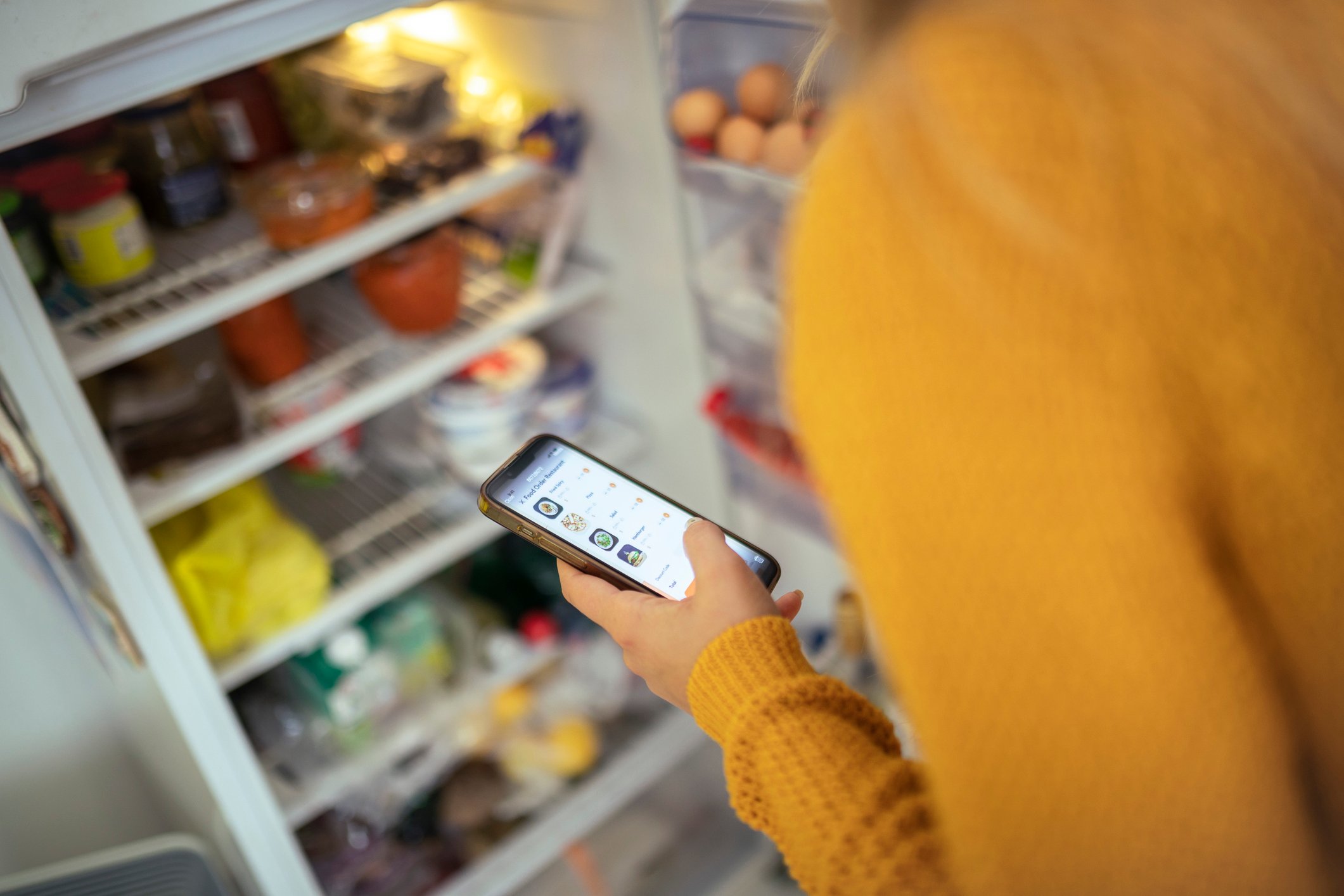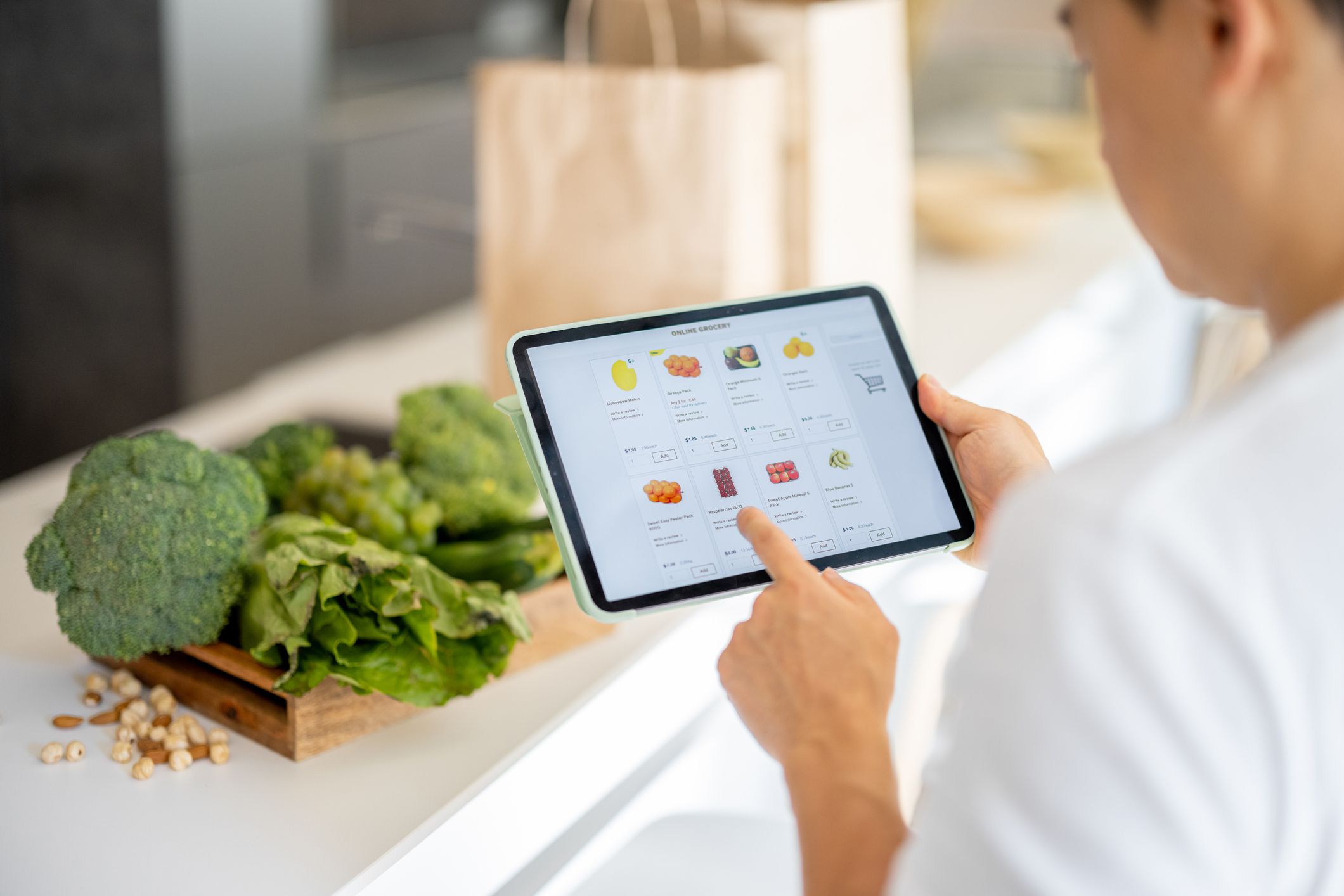Artificial intelligence isn’t just powering search engines and chatbots anymore — it’s now helping people plan dinners, stick to budgets, and check out faster at the grocery store. Kroger and Sprouts Farmers Market are among the first to test Instacart’s new Cart Assistant, a conversational shopping tool that lets customers build their grocery carts by chatting with AI.
What Is Cart Assistant?

The new feature is part of Instacart’s broader AI Solutions suite, a collection of tools designed to make grocery shopping smarter, faster, and a little more personal. Some of these tools track real-time inventory (so you don’t get stuck hunting for out-of-stock items), while others help stores organize data like nutrition facts and allergens.
Sprouts will be the first retailer to debut the Cart Assistant, using it across its website, mobile app, and even its smart carts in stores, according to industry publication Grocery Dive. Kroger, which has worked with Instacart since 2017, plans to roll it out next, starting with iPhone users through Apple’s iOS.
Behind the scenes, this tech uses what’s called agentic AI — basically, systems that don’t just respond to prompts but make decisions, predict needs, and take action. It’s like a personal shopper who knows your go-to oat milk brand and that you usually buy extra snacks on Fridays. Instacart says the new tech can help with meal planning, budgeting, and discovering new products — all while keeping your grocery runs (or deliveries) efficient.
The Potential Benefits and Concerns for Shoppers

For shoppers, this is another step toward the smart grocery store of the future. You’ll see more tools that learn your habits, save your favorite items, and predict what you might need next. It’s convenience with a side of personalization — though some shoppers may still prefer the old-school charm of handwritten lists.
Here are two sides of the coin:
The upside:
- You might save time planning meals and checking out.
- The AI could help you avoid buying duplicate items or steer you toward value deals.
- Your digital cart might suggest budget-friendly swaps or highlight items you forgot.
Things to watch out for:
- Privacy concerns: Because these tools gather data on what you buy, how often, where you shop, etc., there’s potential for your shopping profile to become very detailed. According to the Electronic Privacy Information Center (EPIC), grocery stores can use purchase history and other data to infer age, gender, economic status, or other personal traits — and then use that to guide what you’re shown or charged.
- Price discrimination and algorithm bias: AI systems can tailor offers, upsells, or even pricing based on inferred traits like location, device type, or previous habits. For example, California lawmakers are looking into how AI can “rip you off” by changing prices for similar customers based on their data.
- Lack of transparency: When an AI decides what you see or what you’re offered, you may not know why an item was promoted or why a suggestion popped up. As one analysis put it, when we “cede our decision-making to AI … we risk subjecting ourselves to judgment with no appeal.”
In short: yes, the tech could help you shop better — but your own awareness is still crucial to making sure it helps your budget, not inadvertently hurts it.
Smart Budgeting Tips for Shopping with AI

AI can potentially make grocery runs faster and more convenient, but it’s still worth keeping an eye on your cart—and your spending, which can quickly add up if you’re not careful. Here’s how to stay savvy when letting a chatbot do the shopping:
- Watch the upsells: AI is designed to make helpful suggestions, but that can also mean pricier swaps or extra add-ons. Double-check totals before checkout.
- Set your budget first: Tell the AI your spending limit before it starts building your cart — many platforms can adjust their suggestions based on it.
- Compare real prices: AI may highlight items by popularity or ratings, rather than by the best price per ounce or per serving.
- Stick to store brands: Unless you specify otherwise, AI might default to national brands. A quick note like “keep it affordable” or “prioritize store brands” helps steer results.
- Keep an eye on deals: Some promotions, coupons, or local markdowns might not appear in the chatbot interface — it’s worth glancing at the weekly ad yourself.
More Grocery News You Might Like

- Grocery Stores Warned Against Offering Discounts to SNAP Users — Amidst the lapse of SNAP coverage, grocery stores are now forbidden from offering discounts to SNAP users.
- Walmart’s $40 Thanksgiving Costs Less Than Last Year by Cutting 24% of Items and Dropping Brand‑Name Staples — We break down what’s inside the basket, and whether or not it’s a good deal.
- Kroger Customers Asked to Pay With Exact Change Amid Penny Shortage — If you’re heading to Kroger for groceries (and are paying with cash), be sure to bring exact change.




